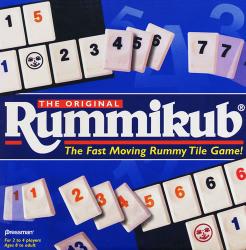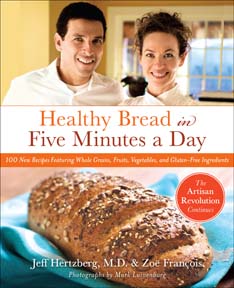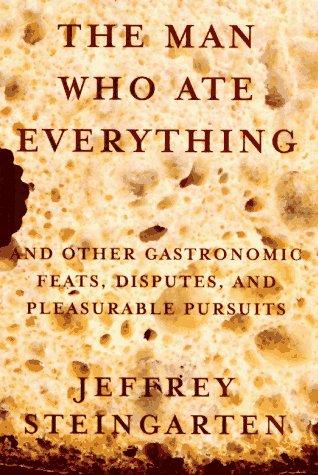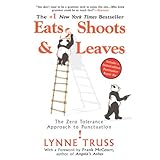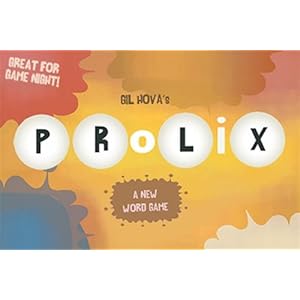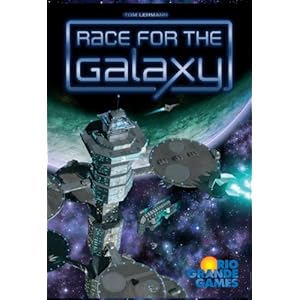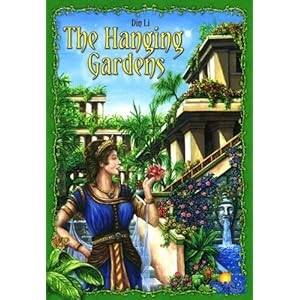The Game (from Fantasy Flight Games): After the Cylon attack on the Colonies, the battered remnants of the human race are on the run, constantly searching for the next signpost on the road to Earth. They face the threat of Cylon attack from without, and treachery and crisis from within. Humanity must work together if they are to have any hope of survival…but how can they, when any of them may, in fact, be a Cylon agent?
The Book (by Robison Wells): Benson Fisher thought that a scholarship to Maxfield Academy would be the ticket out of his dead-end life.
Now he’s trapped in a school that’s surrounded by a razor-wire fence. A school where video cameras monitor his every move. Where there are no adults. Where the kids have split into groups in order to survive.
Where breaking the rules equals death.
Do you enjoy being paranoid? Putting these two together was too easy -- playing Battlestar Galactica: The Board Game and reading Variant spun the same gears in my head.
I've never seen an episode of Battlestar Galactica, but in five minutes, I was happily shooting people furtive glances and whispering, "I bet you're a Cylon." For the first half of the game, there's no guarantee anyone is secretly working against the rest of the players. Then the second half kicks in. Is there one Cylon? Two? And is it the person sitting to my right?
The paranoia in Variant creeps up on you. Maybe the rest of the students are just trying to survive, too. Maybe it's okay to trust that person. There are plenty of sympathetic characters hanging around Maxfield Academy. As I read the first half of the book, suspicion tickled the back of my skull. During the second half, I wondered if it was safe to even trust Benson Fisher, the main character.
Both of these have plenty to recommend them. Battlestar Galactic: The Board Game is difficult and engaging, with nifty mechanics and painful decisions to make. Variant has slick, seamless prose and a plot that feeds me plot point after plot point. But I loved both of these for the reason they're similar. It's all about being paranoid. Trust no one. And try not to blow up the space ship while you're at it.
*As a side note, I'm taking a break next Wednesday for the holidays. Catch you all in January!





